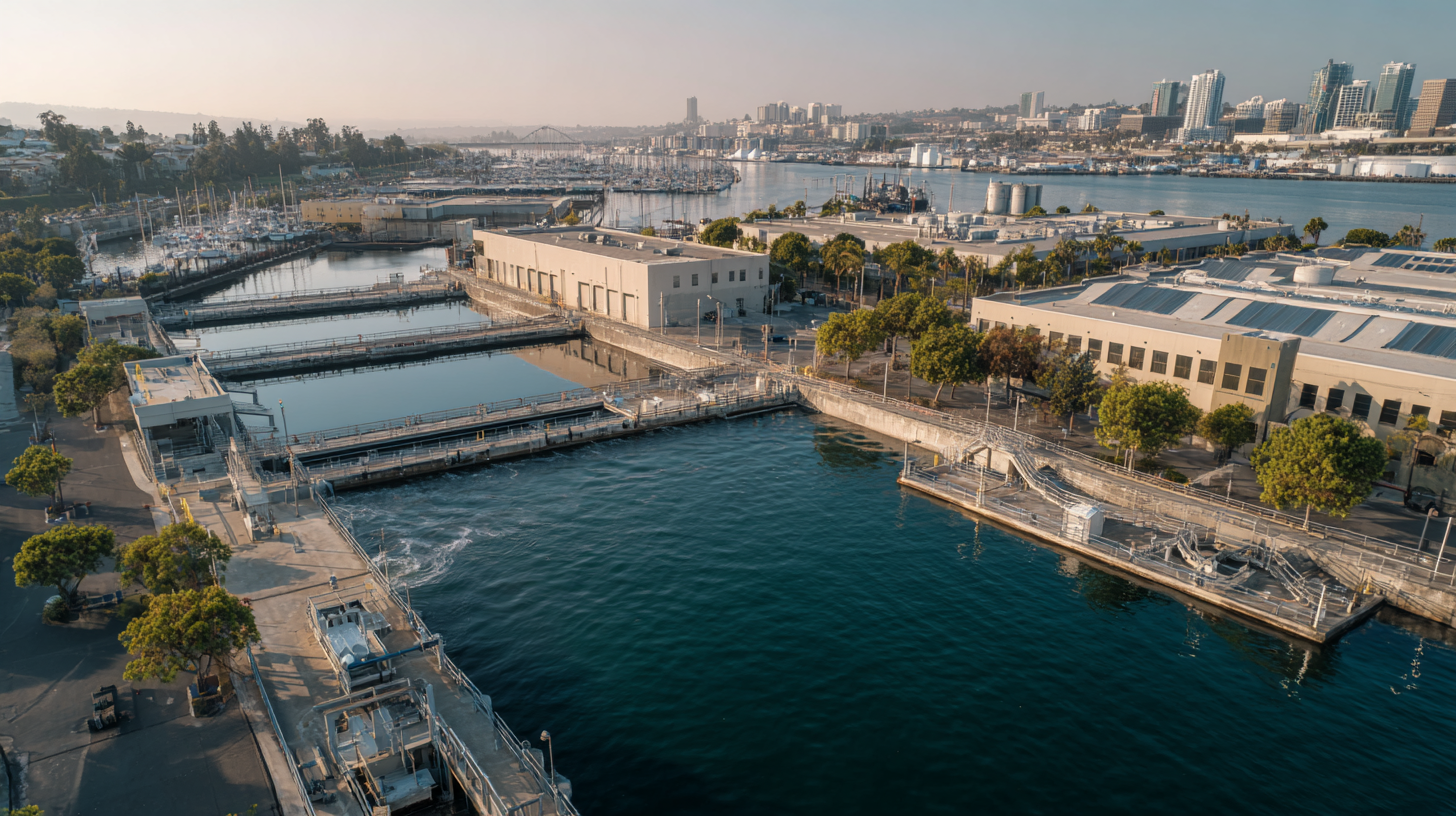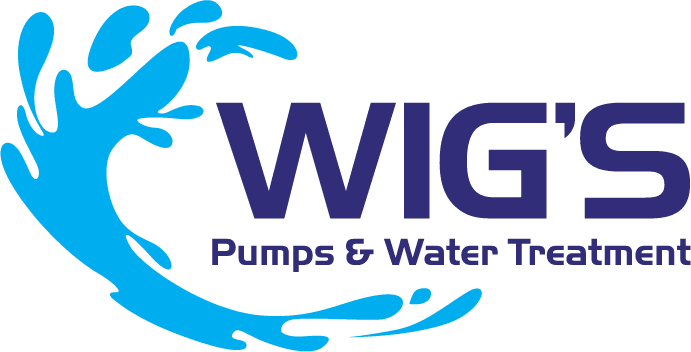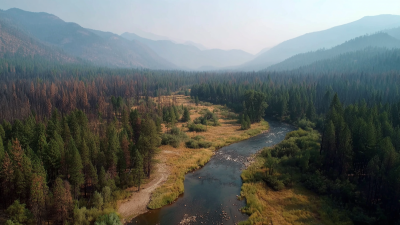Unlocking the Future: How Water Reclamation Systems Can Revolutionize Urban Sustainability
As urban populations continue to swell, the pressures on water resources intensify, necessitating innovative solutions to ensure sustainability. Water reclamation systems present a promising pathway to address these critical challenges. According to a report by the United Nations, over 145 million people in urban areas currently face severe water scarcity, underscoring the urgent need for efficient water management strategies. The World Bank estimates that by 2030, the global demand for water will exceed supply by 40% if current trends continue. Implementing advanced water reclamation systems not only reduces freshwater demand but also mitigates pollution, providing a dual benefit to urban ecosystems. These systems have the potential to recycle up to 80% of wastewater, transforming it into a valuable resource for irrigation, industrial use, and even potable water. By harnessing the power of water reclamation, cities can pave the way towards a more sustainable and resilient future.

Understanding Water Reclamation Systems and Their Components
 Water reclamation systems play a crucial role in transforming urban sustainability, focusing on the treatment and reuse of wastewater. These systems consist of several essential components, including screening, sedimentation, biological treatment, and advanced filtration processes such as membrane filtration and reverse osmosis. According to the Water Environment Federation, cities can reclaim up to 60% of their wastewater, significantly contributing to local water supply and reducing the demand on freshwater sources.
Water reclamation systems play a crucial role in transforming urban sustainability, focusing on the treatment and reuse of wastewater. These systems consist of several essential components, including screening, sedimentation, biological treatment, and advanced filtration processes such as membrane filtration and reverse osmosis. According to the Water Environment Federation, cities can reclaim up to 60% of their wastewater, significantly contributing to local water supply and reducing the demand on freshwater sources.
Implementing water reclamation systems not only helps mitigate urban water scarcity but also promotes environmental stewardship. For instance, in California, water reuse projects are projected to save nearly 2.5 million acre-feet of water annually by 2030, as reported by the California Department of Water Resources. To maximize the benefits, urban planners should prioritize integrating these systems into new developments alongside traditional water supply infrastructure.
Tips for Urban Planners: Consider starting with pilot projects to measure the effectiveness of water reclamation processes in local conditions. Engaging the community through educational initiatives about the benefits of reclaimed water can also enhance public acceptance and support for these systems. Additionally, collaborating with technology providers can help in selecting advanced treatment options that best fit the urban environment.
The Benefits of Urban Water Reclamation for Sustainability
Urban water reclamation systems are rapidly emerging as a vital component in sustainable city development. By treating and reusing wastewater, these systems can significantly reduce the demand for freshwater resources. According to the Water Environment Federation, urban areas can save up to 50% of their potable water use by implementing effective water reclamation strategies. This not only addresses water scarcity challenges but also diminishes the environmental impacts associated with wastewater disposal.
One key benefit of urban water reclamation is its ability to enhance drought resilience. In regions where water scarcity is a pressing issue, reclaimed water can provide a consistent and reliable source of irrigation for parks, gardens, and agricultural lands. A study from the American Water Works Association highlights that cities utilizing reclaimed water systems have reported a 30% increase in green space during drought conditions, contributing to improved urban livability.
Tips: When considering water reclamation options, start by assessing your community's wastewater output and potential reuse applications. Engaging with local stakeholders early in the planning stage can facilitate collaboration and resource sharing, enhancing project success. Additionally, public education on the benefits of reclaimed water is essential to gaining community support and acceptance.
Unlocking the Future: How Water Reclamation Systems Can Revolutionize Urban Sustainability
| Dimension | Description | Impact |
|---|---|---|
| Water Efficiency | Maximizing the use of reclaimed water for irrigation and industrial processes. | Reduces overall water consumption in urban areas. |
| Pollution Reduction | Filtering contaminants from wastewater before it's released back into the environment. | Improves water quality in local ecosystems. |
| Infrastructure Resilience | Integrating water reclamation with urban infrastructure. | Enhances the ability of cities to cope with climate change impacts. |
| Economic Savings | Lowering costs associated with buying fresh water and treating wastewater. | Potentially significant cost reductions for municipalities. |
| Community Engagement | Involvement of local citizens in sustainability initiatives. | Fosters a sense of ownership and responsibility towards local resources. |
Steps to Implementing a Successful Water Reclamation Program
Implementing a successful water reclamation program requires a strategic approach that begins with thorough planning and community engagement. First, stakeholders must assess the specific water needs and challenges within the urban environment, gathering data on consumption patterns and existing infrastructure. This step is crucial in identifying key areas where reclaimed water can make the most significant impact. Engaging the community through workshops and information sessions helps to build public support and address potential concerns regarding water quality and safety.
Once the foundational understanding is established, the next step is to develop a robust design for the reclamation system. This involves selecting appropriate technologies that suit the urban infrastructure, whether it's advanced filtration systems or biological treatment methods. Careful consideration must also be given to regulatory compliance and partnership with local governments. Finally, launching a pilot project can provide valuable insights and allow for adjustments before full-scale implementation. Consistent monitoring and evaluation of the program's performance will ensure its sustainability and effectiveness in enhancing urban water resilience.

Integrating Water Reclamation with Existing Urban Infrastructure
Integrating water reclamation systems into existing urban infrastructure presents a significant opportunity to enhance urban sustainability. These systems can be seamlessly incorporated into current water management frameworks, transforming wastewater into a valuable resource. By retrofitting treatment facilities and employing advanced filtration technologies, cities can reduce their dependency on freshwater sources while effectively managing water waste. This integration not only conserves water but also minimizes the environmental impact associated with water extraction and treatment.
Moreover, such systems can bolster resilience against climate change and urban flooding. By strategically placing water reclamation facilities throughout urban areas, cities can promote localized water treatment, significantly decreasing the burden on centralized systems. This decentralized approach fosters community engagement and encourages individuals to take part in sustainable practices. In effect, integrating water reclamation into urban infrastructure not only improves water quality and availability but also empowers cities to become more adaptive and sustainable in an ever-changing environment.
Urban Water Reclamation Impact on Sustainability
This chart illustrates the potential impact of various water reclamation systems implemented in urban environments over a 5-year period. The data shows how different systems contribute to urban water sustainability, emphasizing the importance of integrating these systems into existing infrastructure.
Real-World Examples of Effective Water Reclamation Systems in Cities
Cities around the world are increasingly adopting water reclamation systems to address the growing challenges of urban sustainability. For instance, Singapore's NEWater initiative exemplifies how advanced water reclamation technologies can transform wastewater into a safe and sustainable water source. This system treats used water to meet strict quality standards, allowing it to be reused for industrial processes and even drinking water. Singapore’s commitment to water recycling not only reduces reliance on imported water but also showcases how innovation can lead to a more resilient urban ecosystem.
Another compelling example can be found in Los Angeles, where the city has implemented a decentralized water reclamation strategy through its Hyperion Water Reclamation Plant. The facility processes wastewater, producing treated water that serves a variety of purposes, such as irrigation and industrial supply. This approach not only alleviates pressure on conventional water sources but also minimizes the environmental impact by reducing the volume of untreated water that ends up in local water bodies. By showcasing these successful models, it becomes clear that effective water reclamation systems are essential for fostering urban sustainability and addressing water scarcity in the modern era.



